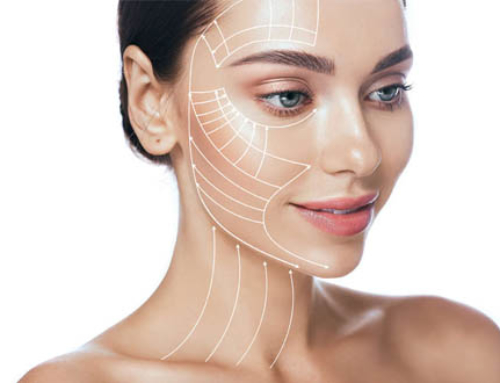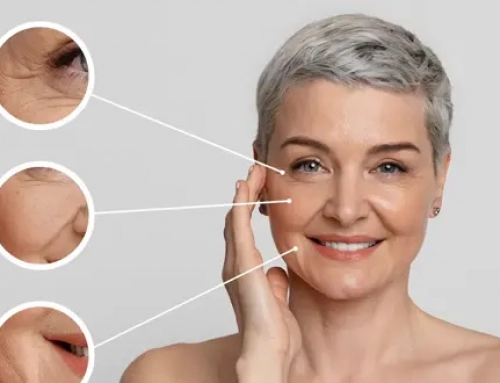Depending on what your goals are, you can choose between three main treatment options. These treatments are very reliable and they can address a wide variety of imperfections and defects of the nose. Here is an overview of these options.
Open rhinoplasty
As you probably know, rhinoplasty is a cosmetic surgery targeting nose imperfections, defects, damage and imbalances. The ‘open’ rhinoplasty is suited for patients needing precise corrections, especially in the nasal tip. Small cartilages in the nasal tip require very precise work to be modified and the ‘open’ rhinoplasty technique offers more vision for more precision.
The procedure is 2 to 3 hours long under general anaesthesia and typically requires an overnight stay at the clinic. This technique can achieve wonderful results since it allows more comprehensive and precise corrections on all areas of the nose. Scars are very discreet and are not cause for concern.
Close rhinoplasty
This rhinoplasty technique is suited for patients needing small corrections, especially on the bridge of the nose, which is where nasal humps are. This procedure of rhinoplasty surgery is slightly shorter than an open rhinoplasty, it can be performed with the patient under general anaesthesia or local anaesthesia and sedation. The closed rhinoplasty does not leave any visible scar, because incisions are made inside the nose. The recovery is a little quicker than after on open rhinoplasty.
Non-surgical rhinoplasty (or medical rhinoplasty)
This non-invasive treatment aims at correcting nose imperfections with filler injections (no incision and no anaesthesia). Fillers used for the injections are usually hyaluronic acid based products, which creates volume where it is needed. Medical rhinoplasty can add volume next to a nasal hump in order to make it invisible. It can also harmonize the nasal tip and lift it up slightly.
Compared to surgical nose corrections, medical rhinoplasty results are temporary (1 to 2 years), but it has the benefit of treating specific nose imperfections without the need for surgery.







Laisser un commentaire